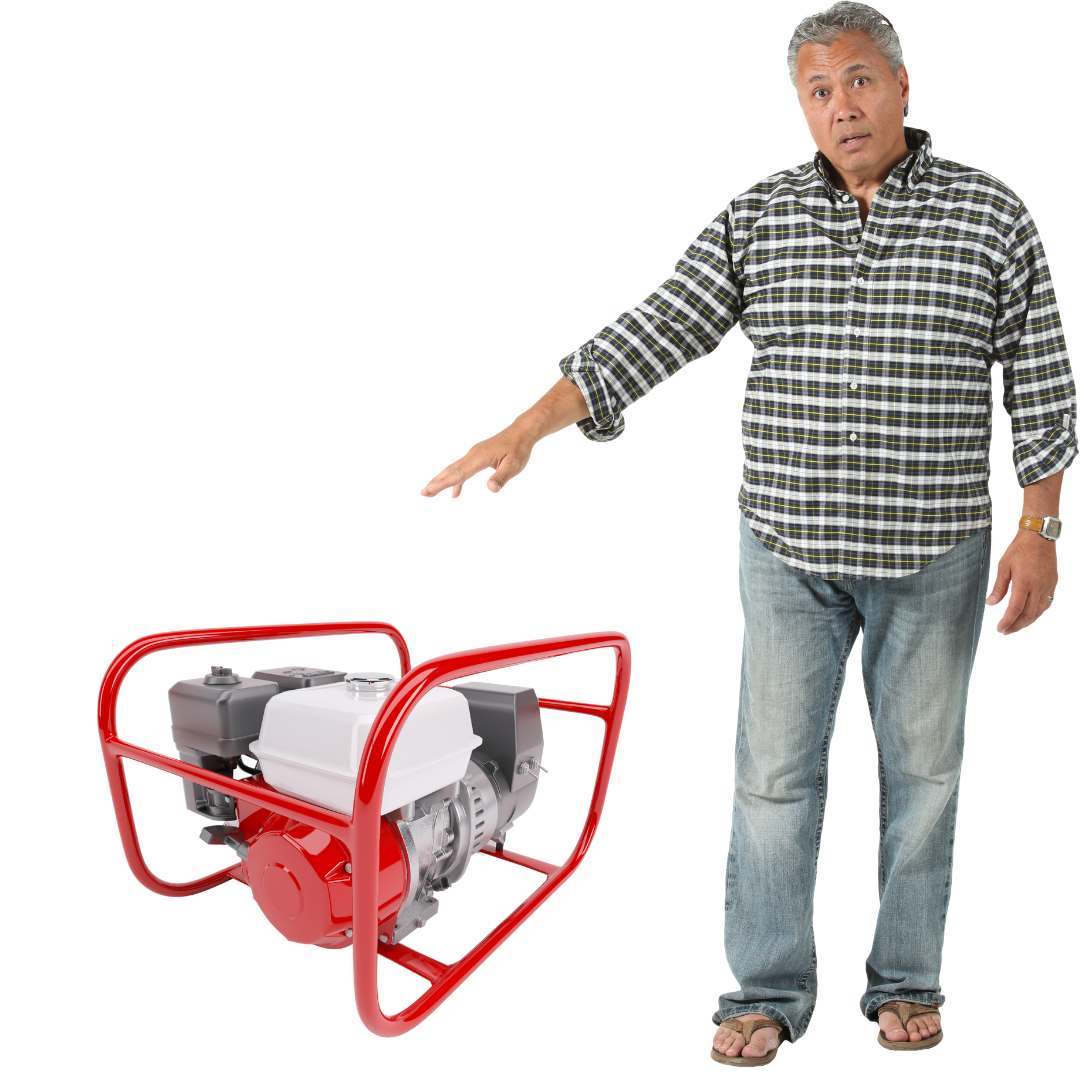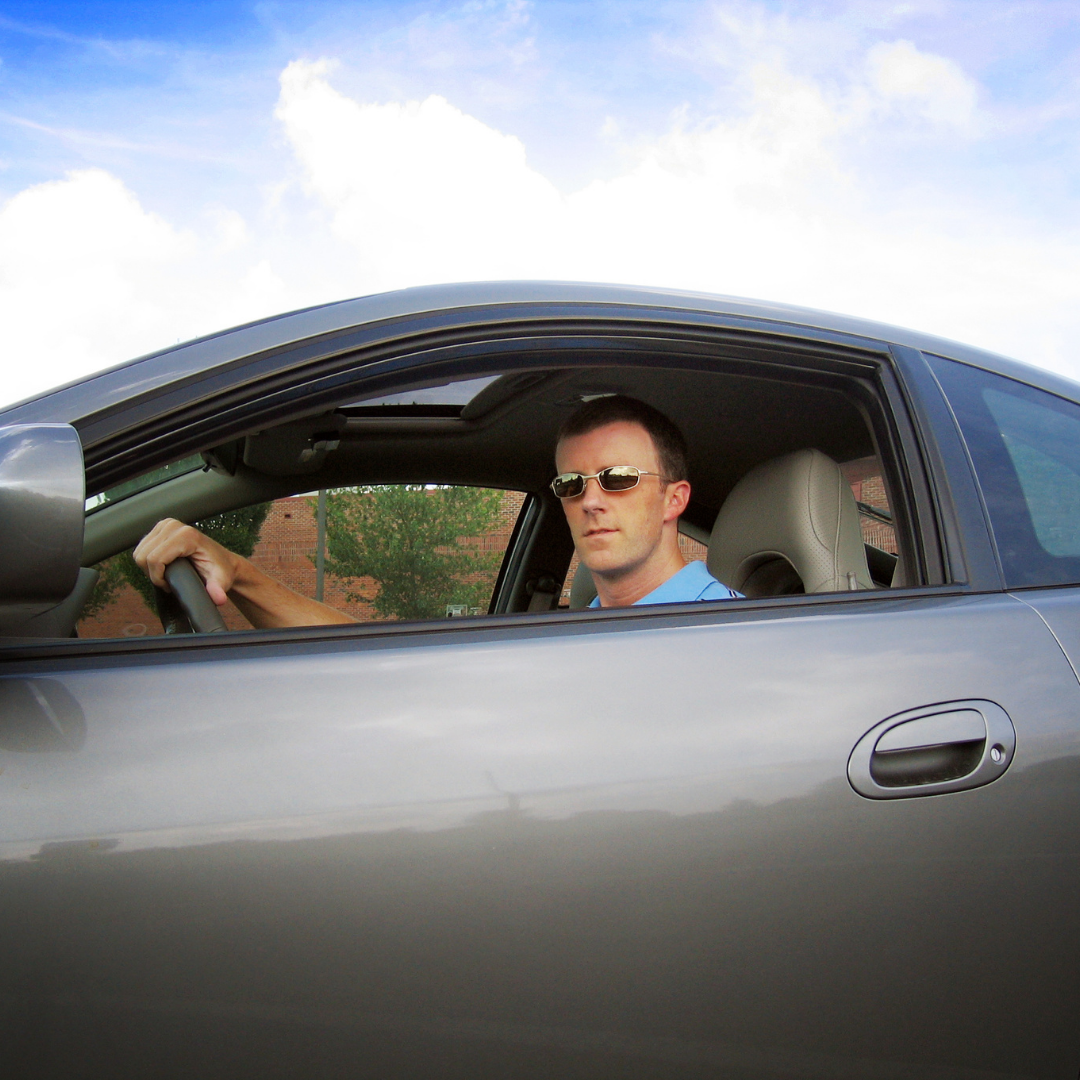EV Chargers and Bi-Directional Charging
Owning an Electric Vehicle gives you tons of well known advantages including being better for the environment, lowering the overall price of energy (gas is way more expensive than electricity) and lowering maintenance costs. With those well known advantages there’s also some pretty cool lesser known advantages. Take for instance the idea of Bi-Directional charging. You will need the right type of EV charger for your home, like a Siemens VersiCharge, but you won’t regret your decision.
What is Bi-Directional Charging and how does it work?
Simply put Bi-Directional charging with a level 2 charger means that it can charge your car but that it can also take the energy from your car and give it back to your house!
So why would I ever want that?
Has Bob your neighbour ever bragged about how he had his house wired to be hooked up to his gas generator so that when the power goes out all he needs to do is throw some gas into the generator, plug it into his house and bing bang boom his iced cream is still frozen and his he’s watching TV? Meanwhile you’re sitting in your garage in a lawn chair struggling to finish 1L of chocolate chunk iced cream before it melts.
Stupid Bob….
With a Bi-Directional EV charger for your home you could be Bob (only a way better looking, hipper and trendier version)! During a power outage or shortage, your car (when hooked up to the charger) can act as an energy source for your house. With the size of the batteries that are in new EV’s currently, that means about 2-3 days worth of power!
2-3 days...your kidding me right? Liar!
Well I will take myself as an example. I live in a house that is about 1,000sq ft with my wife. We work from home but do not have air conditioning. Personally, I prefer to stay warm in the winter by wearing layers but she demands I keep the heat on. In the summer we use on average 15kWh per day and in the winter that jumps to 22kWh per day. Our peak was 37kWh per day. This is likely lower than most as I read that an average 4 person household uses about 50kWh per day. However, during a power outage I doubt you are going to be consuming energy at the same rate.
Here is some stats on the Electric vehicle battery size of new cars that are on the market today:
Hyundai Kona 2022 - 64kWh
Chevy Bolt 2022 - 66kWh
Mustang Mach-E 2021 - 68kWh/88kWh
Tesla Model S - 100kWh
So if I use about 20kWh per day that would mean 3 FULL DAYS of living life and not worrying about when the electricity is restored to my neighbourhood. Your iced cream supply is safe!
Now who’s prepared Bob?!
In the industry this is known as V2H: Vehicle to Home
In a more technical sense: Your electric provider sends AC electricity into your house from the grid to power everything. Electric vehicles use DC electricity which is typically converted from the AC electricity by an EV charger. EV chargers were first created to only convert AC to DC to charge your vehicle. However, more and more providers such as Siemens, have come to the market with EV chargers (like the VersiCharge) that are Bi-Directional. Bi-Directional means that the charger can convert AC to DC for your car but also work in reverse and convert DC to AC for your house.
So next time you are debating what features you need in your EV charger I would highly recommend ensuring Bi-Directional Charging so you can be like Bob….only cooler!
Another great feature to check out would be smart charging.
Want to be like Bob? Check out the new Siemens VersiCharge options!



